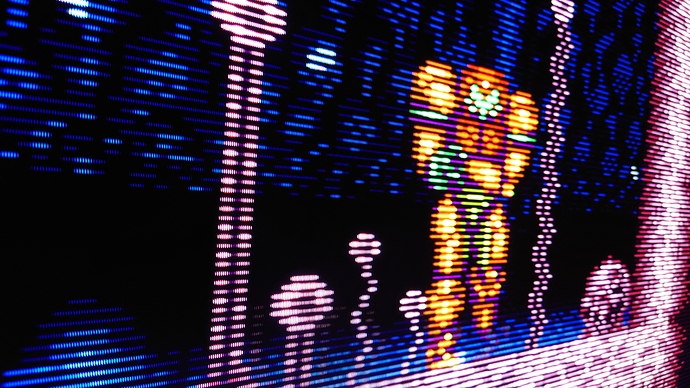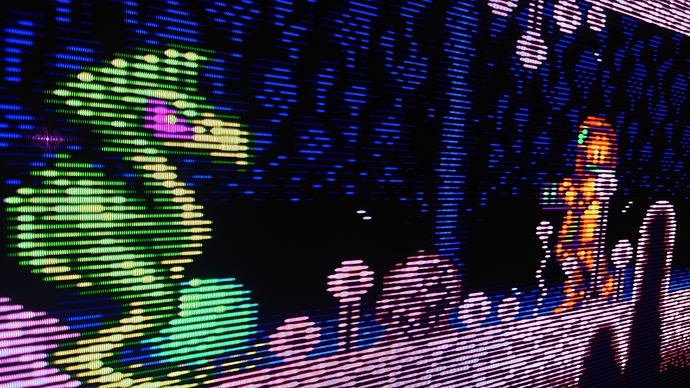Yes it’s improved, but there still seems to be an extra column of pixels between the blue and green on 300 tvl. The 600 tvl seems to be overlapping the columns, but I’m not sure. I’ll try without deconvergence.
I’m using hdr.
The black level is called video range on this TV. I’m using full RGB so that’s what the TV is set to.
I’ll have a play with the settings, but it has to be hdr to get anywhere near the required brightness


